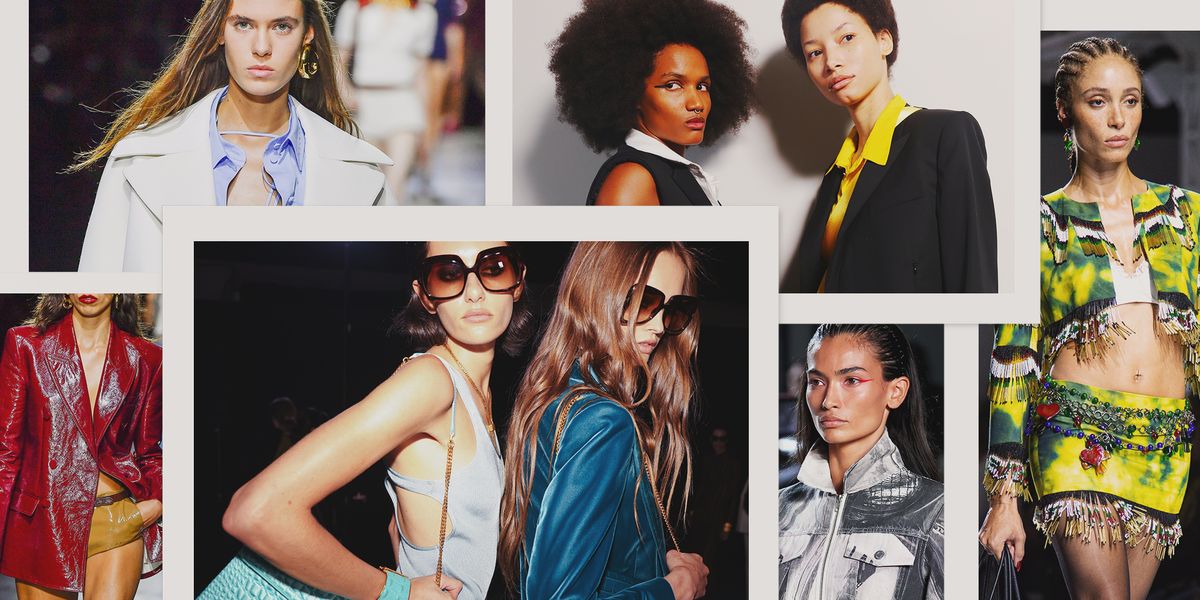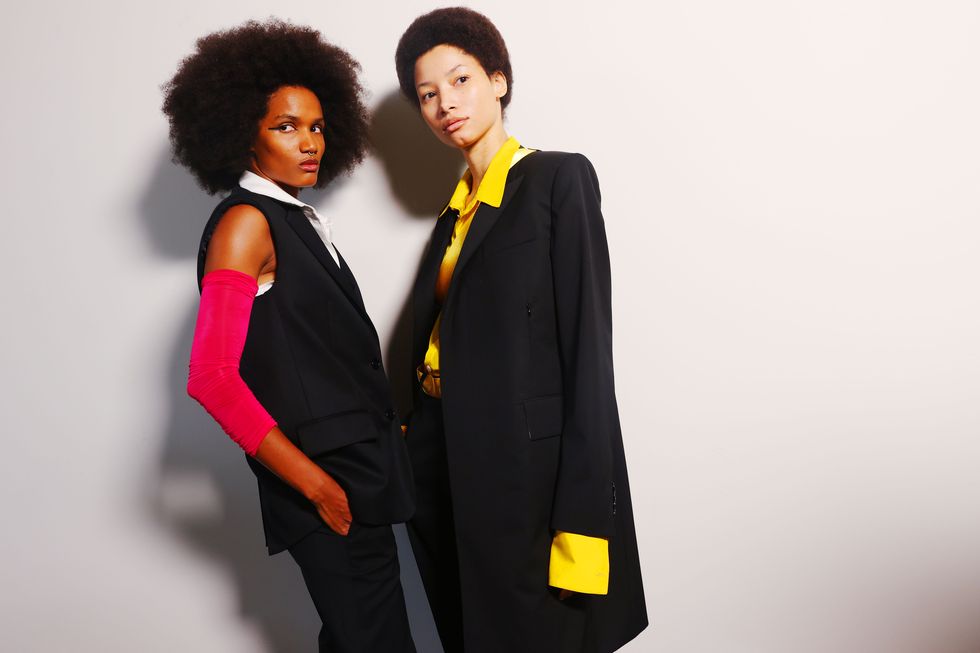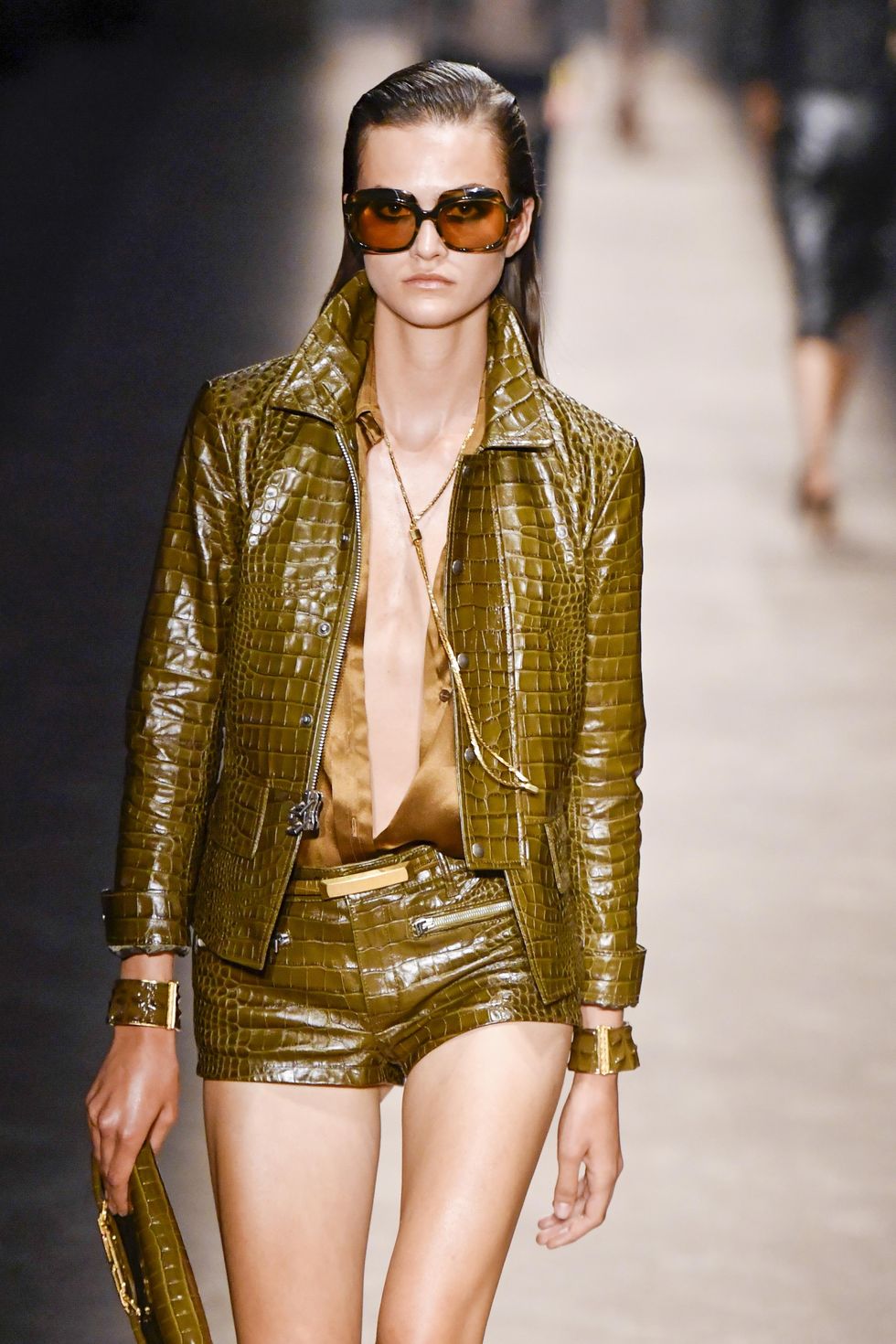Products You May Like
Style Points is a weekly column about how fashion intersects with the wider world.
Anyone envying a designer appointed to a luxury post would do well to check their jealousy for a second. The challenge of taking on a legacy brand, with all its airtight codes and intricately spiraling “house DNA,” is not one for the faint of heart. How do you give things a refresh without leaving history in the dust? How do you create new fans without alienating the already faithful? And what exactly to do about those pesky logos? Not to mention the pressure of having to fill the shoes of a charismatic designer whose name is on the door.
But fashion loves nothing more than new blood. After high-profile takeovers at brands like Ferragamo, Schiaparelli, and Bottega Veneta in recent seasons, spring 2024 saw a trio of talked-about debuts, plus an innovative take on how to put on a runway show without a designer at the helm. (And with the top spots at Alexander McQueen and Chloé opening up, it’s only the beginning of the continuing churn.)
At Gucci, Valentino alum Sabato De Sarno took over, replacing Alessandro Michele’s eccentric, Wes Anderson-by-way-of-Milan maximalism with clean-lined looks that were heavy on texture and embellishment (like a chartreuse fringed cape). His exuberant show notes referenced everything from family to nightclubs, and of course his native Italy, as inspirations, and the front row was stacked with everyone from Julia Roberts to Bad Bunny, seated next to Kendall Jenner. The collection was titled “Ancora,” or “again,” and he gave it a sense of continuity with new takes on pieces like the Jackie bag, the logo belt, the house monogram, and the loafer, as well as more obscure archival references. The miniskirts, hot pants, and baggy jeans made the assortment Gen Z catnip, while still feeling identifiably Gucci.
Fashion’s literary fixation shows no signs of slowing down. For his Helmut Lang debut, designer Peter Do commissioned show notes by the poet and novelist Ocean Vuong. (Vuong’s work was also featured on T-shirts in the collection.) The designer is young enough for Lang’s heyday to qualify as nostalgia; he spent his youth reblogging shots of Lang’s runway and the ads he ran on New York City taxicabs. No wonder he leaned fully into ’90s motifs, like dark denim and prints of those iconic cab ads. He established a palette of black and white with flashes of hot pink and taxicab yellow, an urban wardrobe filtered through the lens of a young Vietnamese immigrant who once dreamed of the promise of Lang’s New York.
Peter Hawkings, in his first outing at Tom Ford, was upfront about referencing some of the designer’s indelible fashion moments, like the velvet suits that once graced Madonna and Gwyneth Paltrow’s frames and his penchant for skin-baring ’70s silhouettes, oversized glasses, and abundant fringe. (After all, he’s familiar with the lexicon: the designer worked with Ford at Gucci and his eponymous label for several decades.)
And after Jeremy Scott departed Moschino, following nearly a decade at its helm, the house enlisted a quartet of stylists to dream up archive-influenced pieces this season: Carlyne Cerf de Dudzeele, Gabriella Karefa-Johnson, Katie Grand, and Lucia Liu. Their takes on Franco Moschino’s greatest hits marked the brand’s 40th anniversary and channeled the designer’s knack for poking fun at a stuffy industry: “Loud Luxury,” proclaimed several finale looks.

ELLE Fashion Features Director
Véronique Hyland is ELLE’s Fashion Features Director and the author of the book Dress Code, which was selected as one of The New Yorker’s Best Books of the Year. Her writing has previously appeared in The New York Times Magazine, The New Yorker, W, New York magazine, Harper’s Bazaar, and Condé Nast Traveler.





